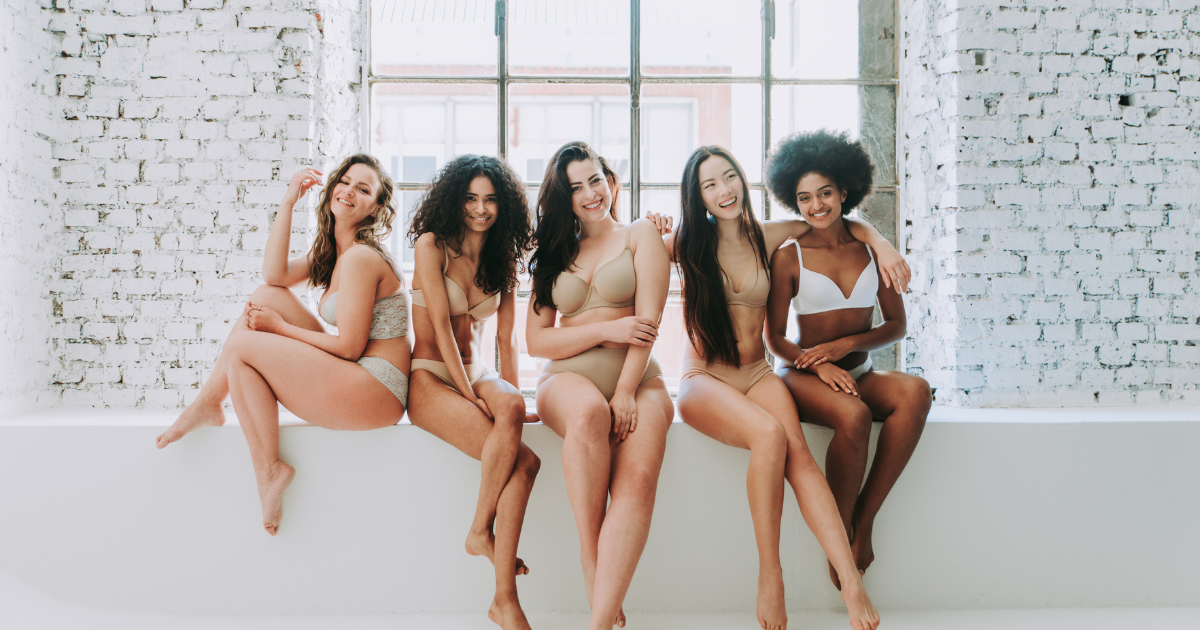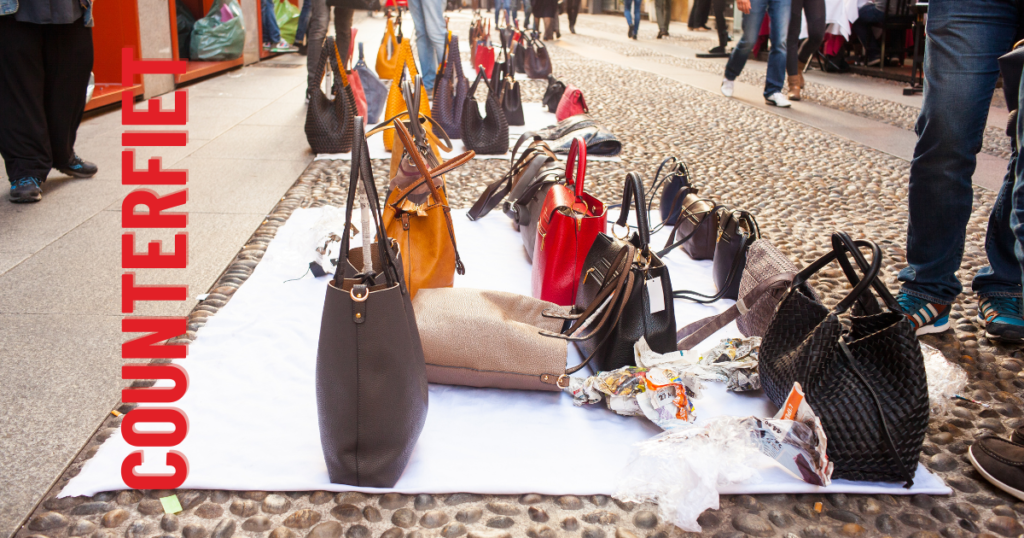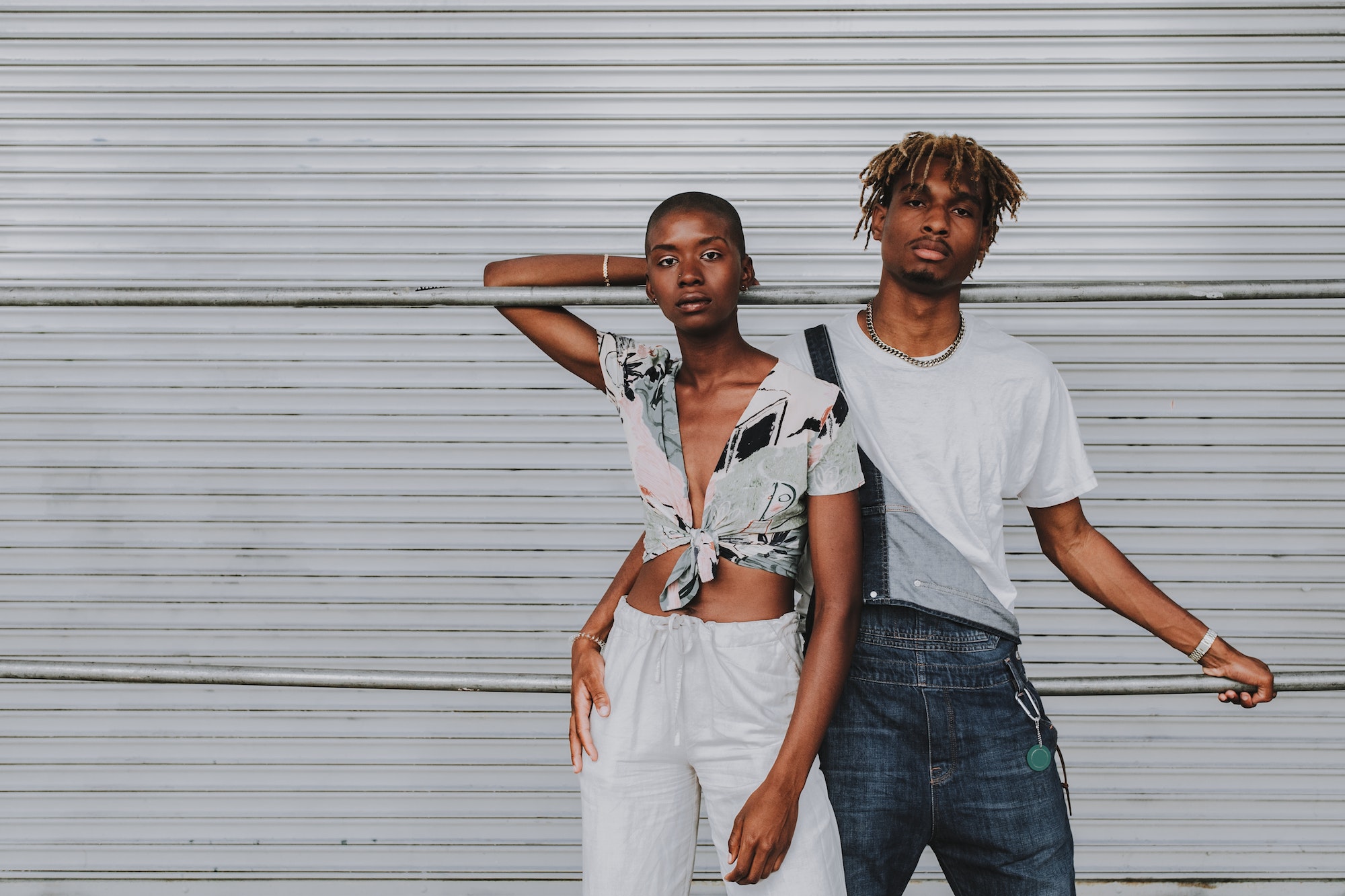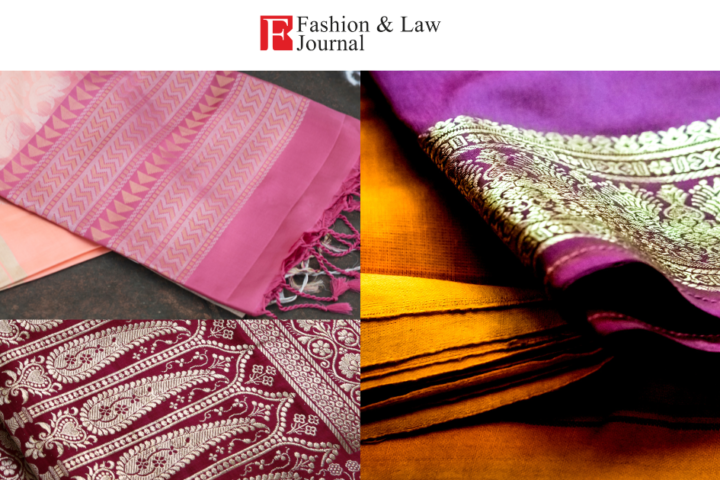Fashion and body modifications have been intertwined throughout human history, serving as powerful forms of self-expression and identity representation. From ancient civilizations to contemporary societies, individuals have used clothing, accessories, and body alterations to communicate personal beliefs, cultural affiliations, and even social status. This article explores the fascinating relationship between fashion and body modifications, highlighting their evolution, significance, and impact on contemporary culture.
A Historical Perspective: The Roots of Body Modifications
The practice of body modifications dates back thousands of years, with evidence of its existence in various cultures across the globe. In ancient civilizations, body modifications were often deeply rooted in religious, cultural, or spiritual traditions. For instance, the ancient Egyptians used body piercings and tattoos to symbolize their devotion to gods and the afterlife. Similarly, tribes in Africa and indigenous communities in the Americas employed scarification and body paint to signify belonging to specific clans or mark important life events.
Fashion Through the Ages: A Tool of Social Expression
Fashion, like body modifications, has played an essential role in shaping human identity throughout history. As societies evolved, clothing became more than just a necessity for protection against the elements. It evolved into a means of distinguishing social classes, professions, and even gender roles. Fashion trends emerged to communicate individual tastes and preferences, while also reflecting broader cultural movements.
During the Renaissance period, for example, extravagant clothing adorned with elaborate embroideries and opulent fabrics became a way for the elite to display their wealth and status. In contrast, commoners wore simpler garments that emphasized practicality over luxury. In the 20th century, fashion underwent significant transformations, with the emergence of subcultures that used clothing to challenge mainstream norms and express rebellious attitudes. Punk, goth, and hippie fashion are examples of subcultures that used clothes and accessories to convey their counter-cultural ideologies.
Modern Body Modifications: A Canvas of Individuality
In contemporary times, body modifications have seen a resurgence in popularity, becoming more prevalent and widely accepted. While some traditional forms of body modifications, such as tattoos and piercings, continue to be popular, new techniques and practices have emerged. Body modifications now encompass a wide range of procedures, including body piercings (e.g., ear, nose, belly button, etc.), tattoos, scarification, branding, dermal implants, and even extreme modifications like tongue splitting and ear stretching.
For many individuals, body modifications serve as a powerful means of self-expression and self-empowerment. They can convey personal beliefs, artistic inclinations, and emotional experiences. Tattoos, in particular, have become an art form, with skilled tattoo artists creating intricate designs that reflect their clients’ unique stories and identities.
The Intersection of Fashion and Body Modifications
In contemporary culture, the line between fashion and body modifications has become increasingly blurred. Fashion designers have embraced body modifications, incorporating elements like piercings, tattoos, and unconventional hairstyles into runway shows and advertising campaigns. Fashion models now proudly display their tattoos and piercings, defying conventional beauty standards and inspiring others to embrace their individuality.
Moreover, body modifications have influenced fashion trends, leading to the rise of body jewellery and clothing that accentuates specific body modifications. For instance, designers have created clothing lines tailored to individuals with extensive tattoos, offering garments that showcase these body artworks.
Fashion, Body Positivity, and Inclusivity
The growing acceptance of body modifications in the fashion industry has also contributed to the promotion of body positivity and inclusivity. By featuring models with diverse body modifications, the industry sends a powerful message that celebrates uniqueness and rejects narrow beauty standards.
Furthermore, body modifications can be empowering for individuals who might have previously felt insecure about their appearance. By modifying their bodies, they can reclaim ownership and confidently express their identities. This newfound confidence often spills over into their fashion choices, with people experimenting with styles and clothing that resonate with their transformed selves.
Challenges and Controversies
While body modifications have gained broader acceptance, they still face challenges and controversies. Some workplaces and social environments maintain conservative views about body alterations, leading to discrimination and limiting career opportunities for individuals with visible modifications. Additionally, some forms of body modifications, such as scarification and extreme body alterations, raise ethical concerns and health risks.
Regulation and education are critical to ensure that body modifications are performed safely and responsibly. Proper sterilization, hygiene, and aftercare are essential aspects of any body modification procedure.
Conclusion
Fashion and body modifications remain potent forms of self-expression and identity representation. From their ancient roots to contemporary practice, both have evolved and influenced each other over time. Through body modifications, individuals assert their identities and embrace their uniqueness, while fashion acts as a dynamic medium through which these expressions can be showcased and celebrated. As we move forward, promoting acceptance, inclusivity, and understanding of body modifications will foster a society that values diversity and individuality, recognizing that fashion and body modifications are powerful tools for people to showcase their authentic selves to the world.










